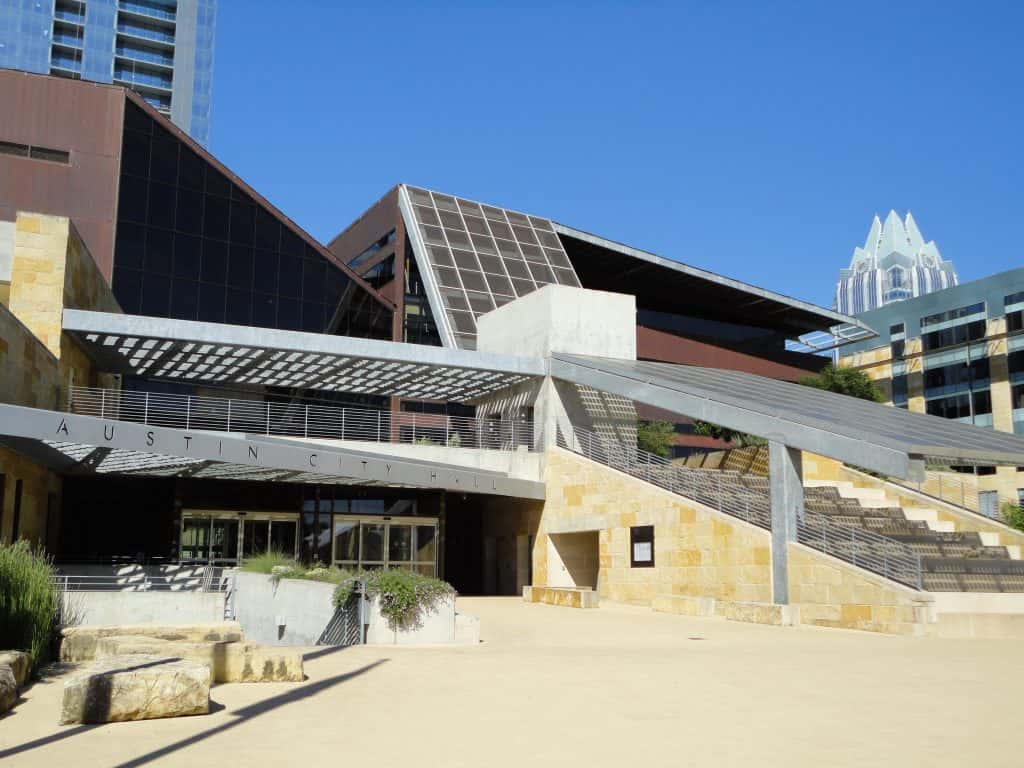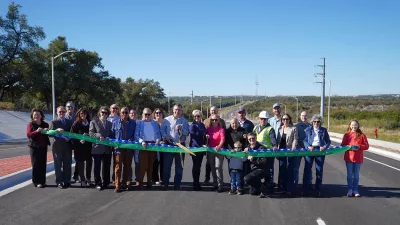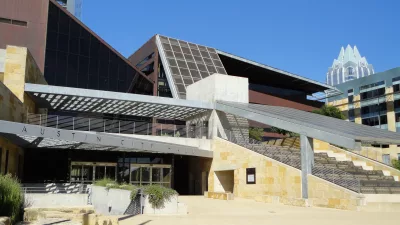(Credit: City of Austin)
The City of Austin’s Safe Routes to School (SRTS) Program has released an infrastructure report detailing school-access related projects in City Council District 10. This is the first of ten reports that will be produced for schools within each Council district, marking a major step for the SRTS program.
These reports and related projects are funded by Austin’s voter approved 2016 Mobility Bond which provided $27.5 million for SRTS improvements.
The District 10 report details potential sidewalks, intersections, bike lanes and other facilities that would help students and their families safely walk and bike to school. It also includes a list of prioritized projects and recommendations suggested for each school in the District.
“I am proud of the investments our city voted for in the 2016 Mobility Bond,” said District 10 Council Member Alison Alter. “Thanks to work between City staff, City Council offices, and the community, the Safe Routes to School program will leverage bond dollars to better protect students traveling to and from school and help ease parents’ worries about their children’s safety.”
Projects and recommendations in the District 10 report are the result of extensive community input and direct coordination with the district’s elementary and middles schools.
The SRTS program is continuing to gather input from more than 130 schools throughout Austin to help identify and prioritize infrastructure needs in all ten Council districts. Early in 2018, public meetings were held in Council Districts 1 and 10 and in the spring, meetings were held in Districts 2, 8 and 9. Input from Districts 3, 5, and 7 was gathered in the Fall. Public input for Council Districts 4 and 6 will continue to be collected throughout Spring 2019.
“These reports look at concerns and issues through the eyes of our school communities to insure that the most vulnerable road users, the students of Austin, have a safe route to school,” said Amir Emanian, Safe Routes to School Program Manager.
The District 10 report includes a map and matrix showing all the recommendations made for each school and explains the process used to develop these recommendations. Ideas presented in this report are planning-level concepts. Each suggested project’s listed Benefit ranking along with feasibility and other considerations will determine which improvements are implemented with limited resources.
The report for District 1 will be released in the upcoming weeks. Reports for Districts 2, 8, 9, 3, 5, and 7 will be released within the next 6 months.
To see District 10 Infrastructure Report, click here.





